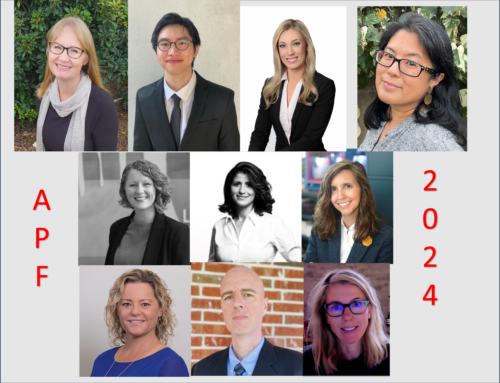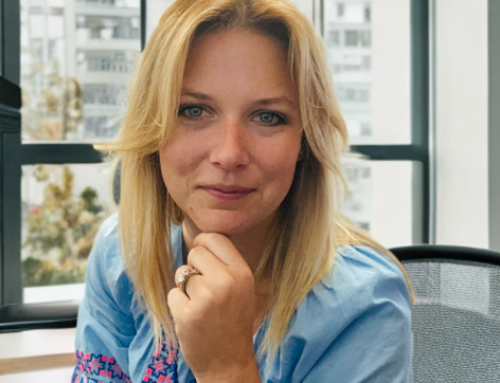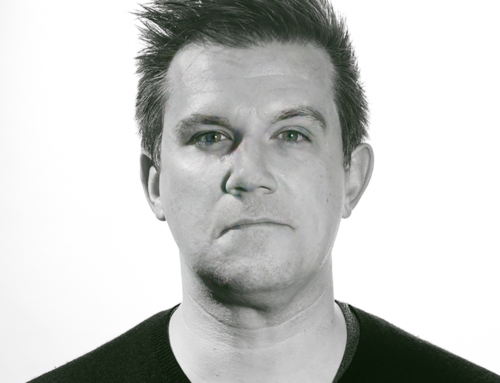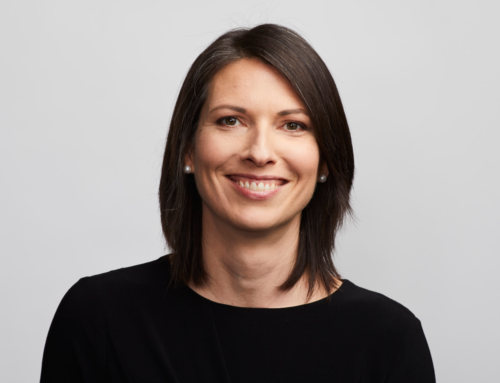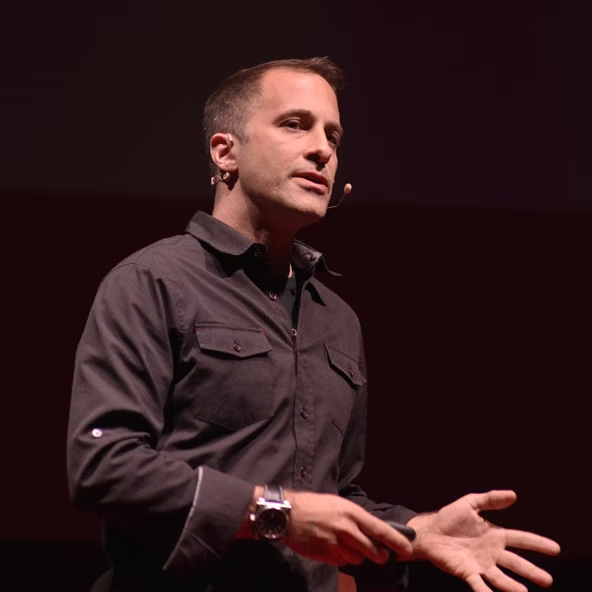 My lovely wife, Hilary, and I used to take “jellyfish vacations” where we would jump in the car and just hit the road. We would let fate decide which way to turn at each crossroad and curiosity determine where we stopped. This proved to be a welcome respite from our busy and structured lives. In the world of business, strategic planning is the equivalent of making sure we had enough gas to get to the next stop (and nobody had to go to the restroom!). Future planning is the process of envisioning multiple possible futures and then identifying actions that increase the probability of achieving one’s “preferred future.” To strain my analogy, it is the equivalent of saying our jellyfish tour could land us anywhere in America (since we didn’t have a boat), but I prefer to wind up in California…and should therefore turn west whenever given the choice.
My lovely wife, Hilary, and I used to take “jellyfish vacations” where we would jump in the car and just hit the road. We would let fate decide which way to turn at each crossroad and curiosity determine where we stopped. This proved to be a welcome respite from our busy and structured lives. In the world of business, strategic planning is the equivalent of making sure we had enough gas to get to the next stop (and nobody had to go to the restroom!). Future planning is the process of envisioning multiple possible futures and then identifying actions that increase the probability of achieving one’s “preferred future.” To strain my analogy, it is the equivalent of saying our jellyfish tour could land us anywhere in America (since we didn’t have a boat), but I prefer to wind up in California…and should therefore turn west whenever given the choice.
The transition from a transaction-based model to a service one has been taking place in the professional service industries for quite some time. People will always value honesty, transparency, efficiency, responsiveness, reliability, and personalized relationships. We also know people are most afraid of that which they do not understand or control. Our collective success in the professional services industry is a result of our ability to effectively address these concerns in a pleasing and trustworthy manner. Why do firms continually come and go? What causes disruption across industries? If professional services want to remain relevant for decades to come, then we need complete answers those questions….and many more.
We could all paint a rather clear picture of professional services 10 – 15 years into the future, but how realistic is that vision? We would probably continue the components we like/value and overlay a number of the trends we see evolving around us. That is how most forecasting and strategic planning is done today. However, just because the odds of rolling seven when playing craps is the most probable outcome, since there are six combinations that add to seven (1-6, 2-5, 3-4, etc…), that does not make rolling a seven probable (only happens 16.67% of the time). We can make better decisions about our businesses of tomorrow by incorporating more of the probable futures into our decision making. Foresight is a scientific method for doing just this.
A futurist approaches this situation by setting the “limits of plausibility”. Let’s consider solutions that helps clients feel secure. We can narrow down the range of “plausible futures” to “probable futures” by further specifying it would need to help them better understand their unknowns and identify how much they really do control (i.e. the recipe for reducing fear). It would also be fair to say market forces would give an advantage to any solution that delivered that in a cost-effective and timely/transparent manner…with a personal touch. The final consideration is our “preferred future”…which is the one where all stay gainfully employed delivering on the goal above.
We are more familiar with planning for uncertainty than most. We tell clients they are not powerless over the future and can influence it far more than they know. We separate the known from the unknown, the controllable from the uncontrollable, and on and on. I think the Serenity Prayers sums up what we do best, “(grant clients) the serenity to accept the things they cannot change, courage to change the things they can, and wisdom to know the difference.” If we step back and accept that as our ultimate value proposition, the options become limitless and future prospects very exciting.
Simon Sinek may say to “Start with Why,” but it is equally important to continue asking why. Technology advances, new ideas emerge, and social norms evolve. What was once truth, may no longer be the case. If you are not continually asking, listening, and evaluating, then be prepared to let the waves of change carry you forward like the jellyfish. Said another way, the Foresight process will help us better create the futures we want, rather than being forced to live with the futures we get. — John Hetzel

